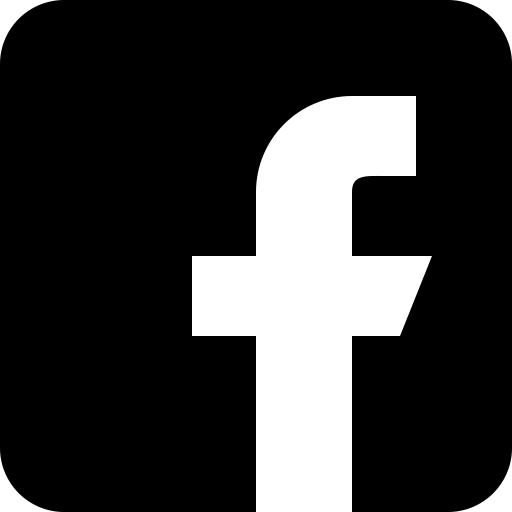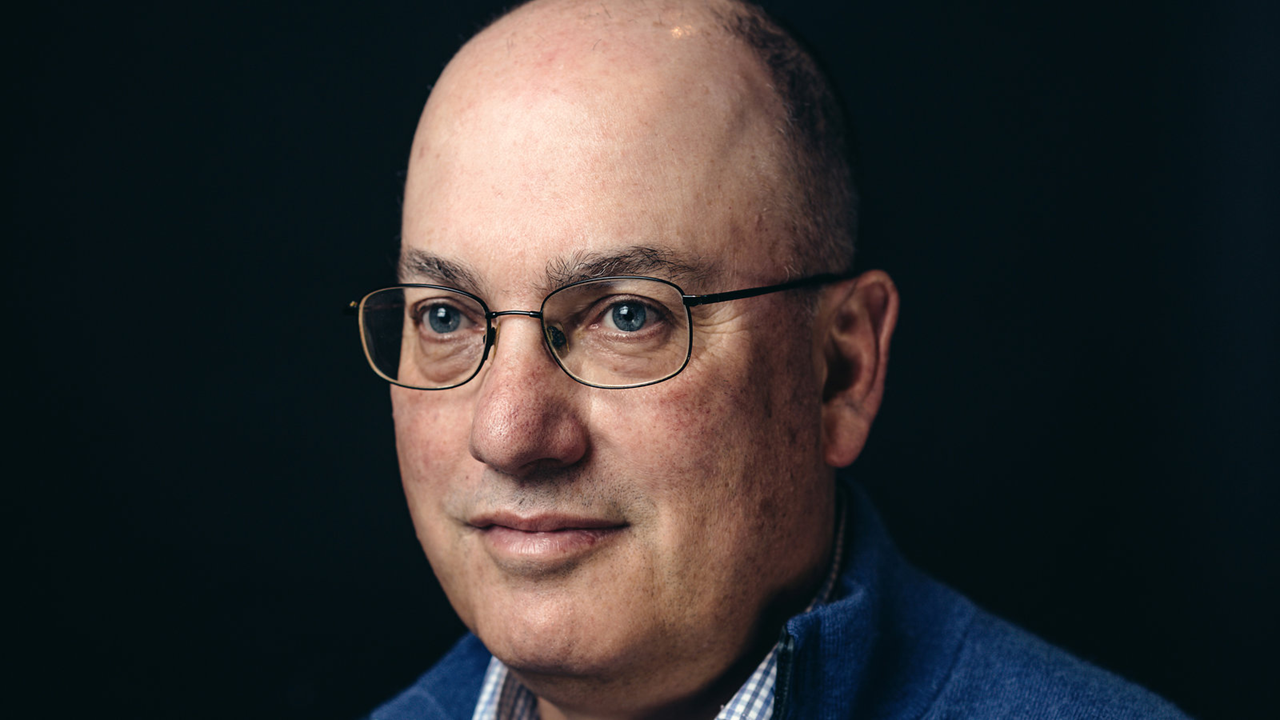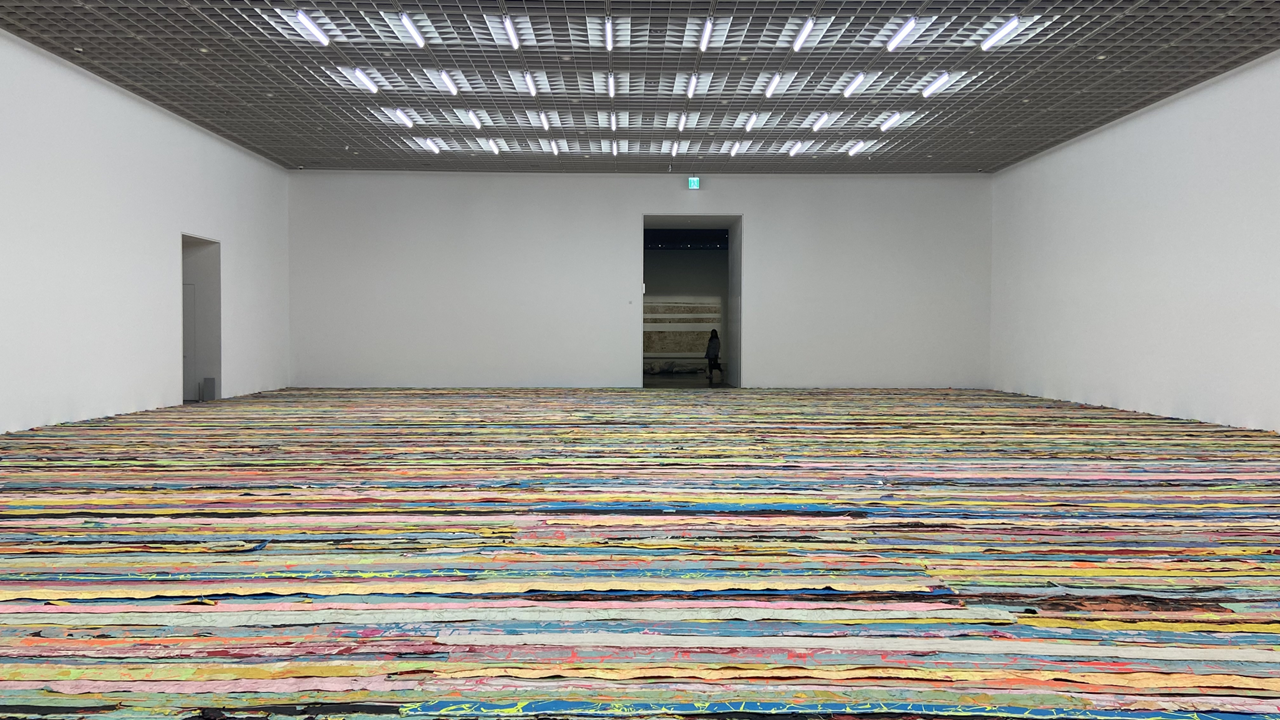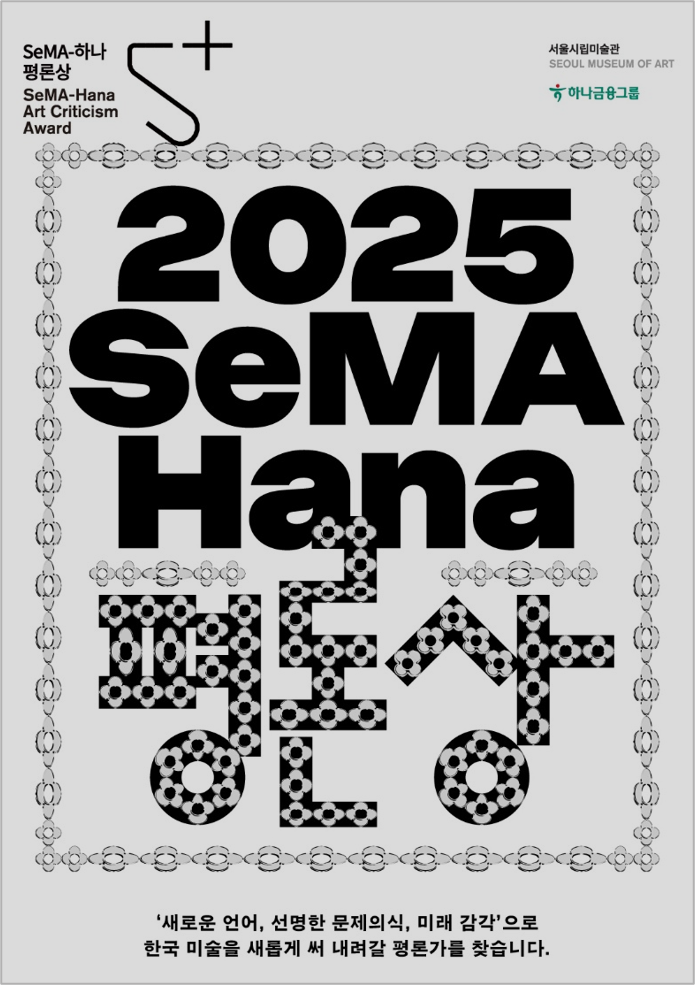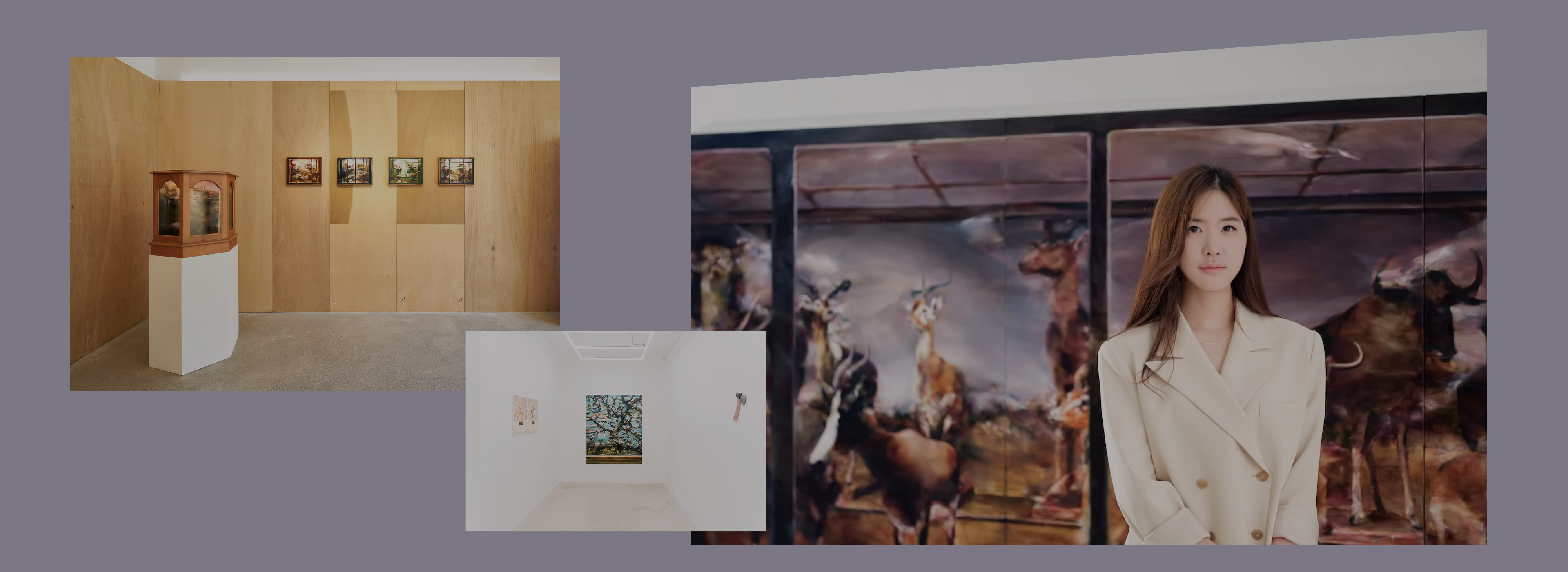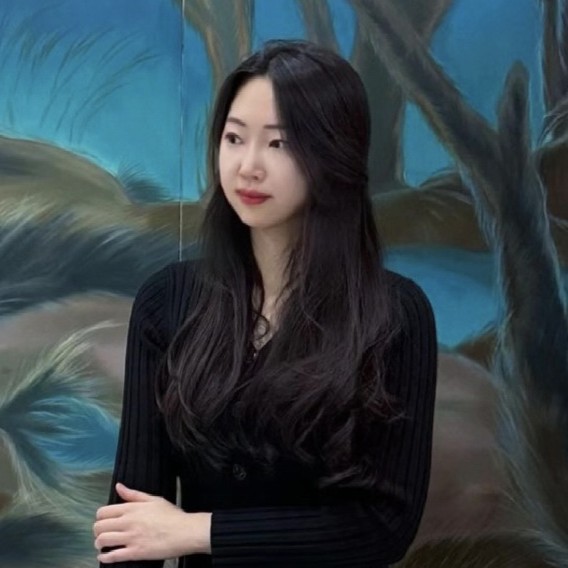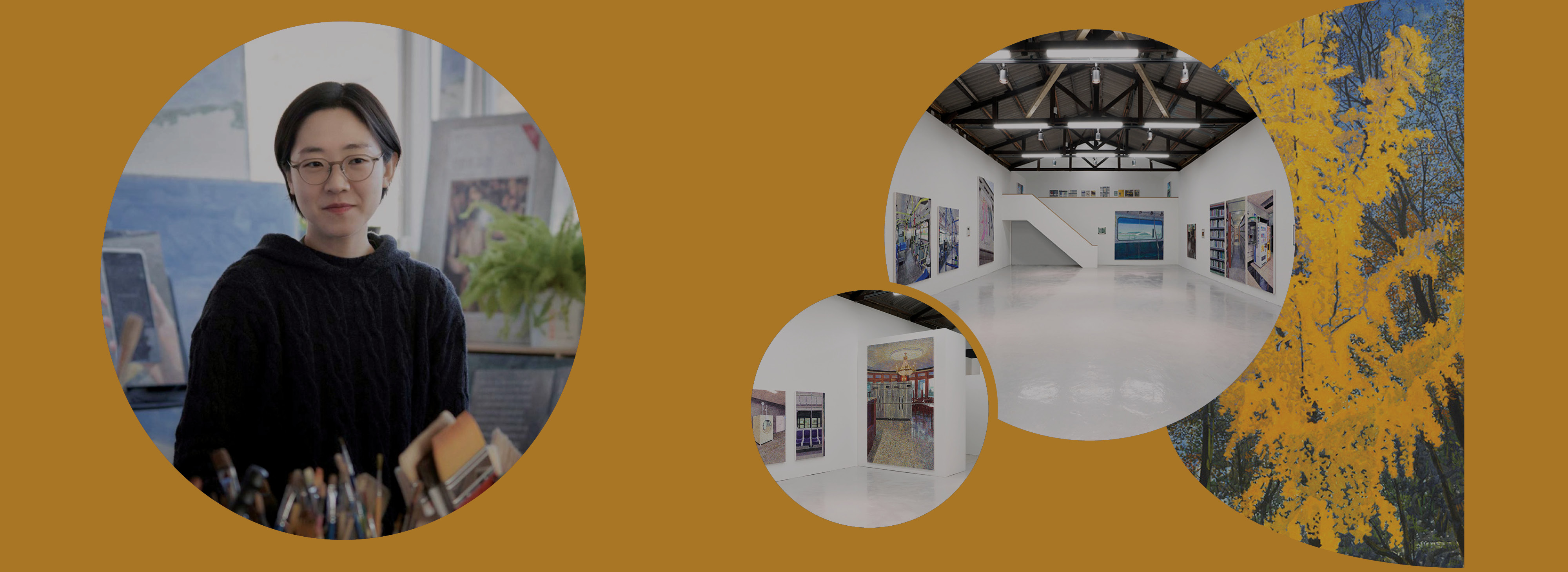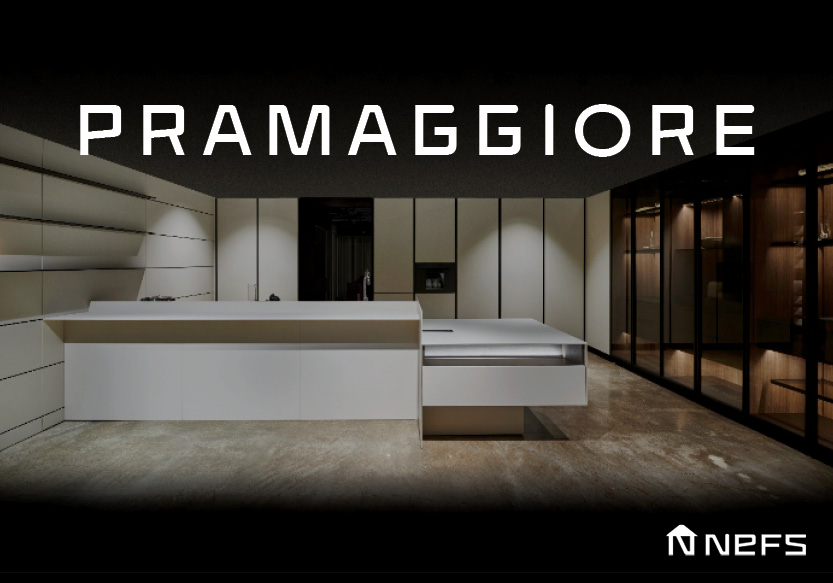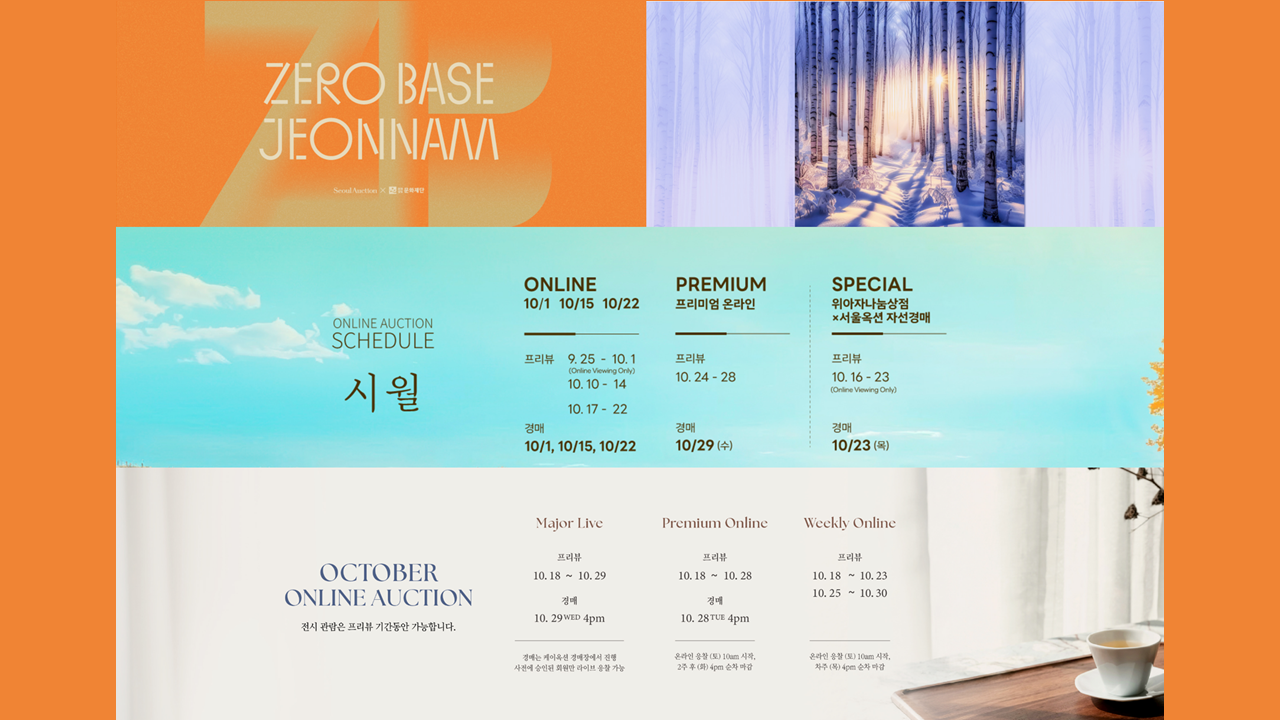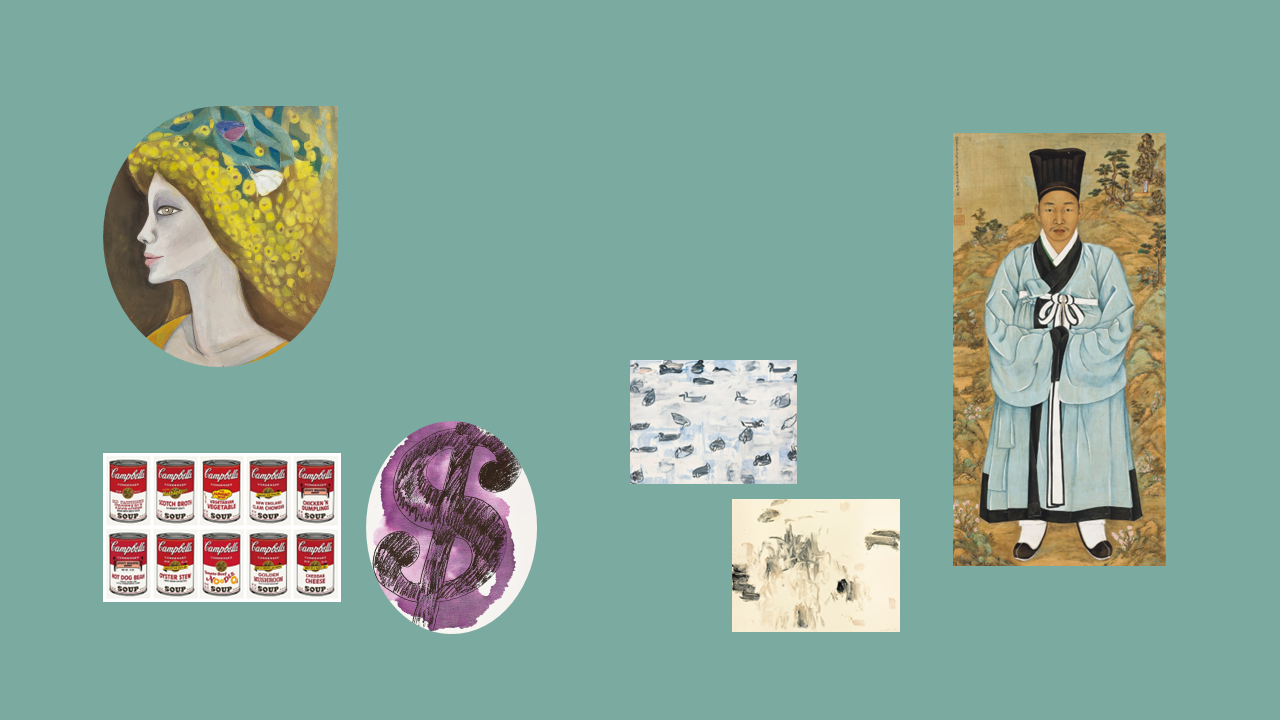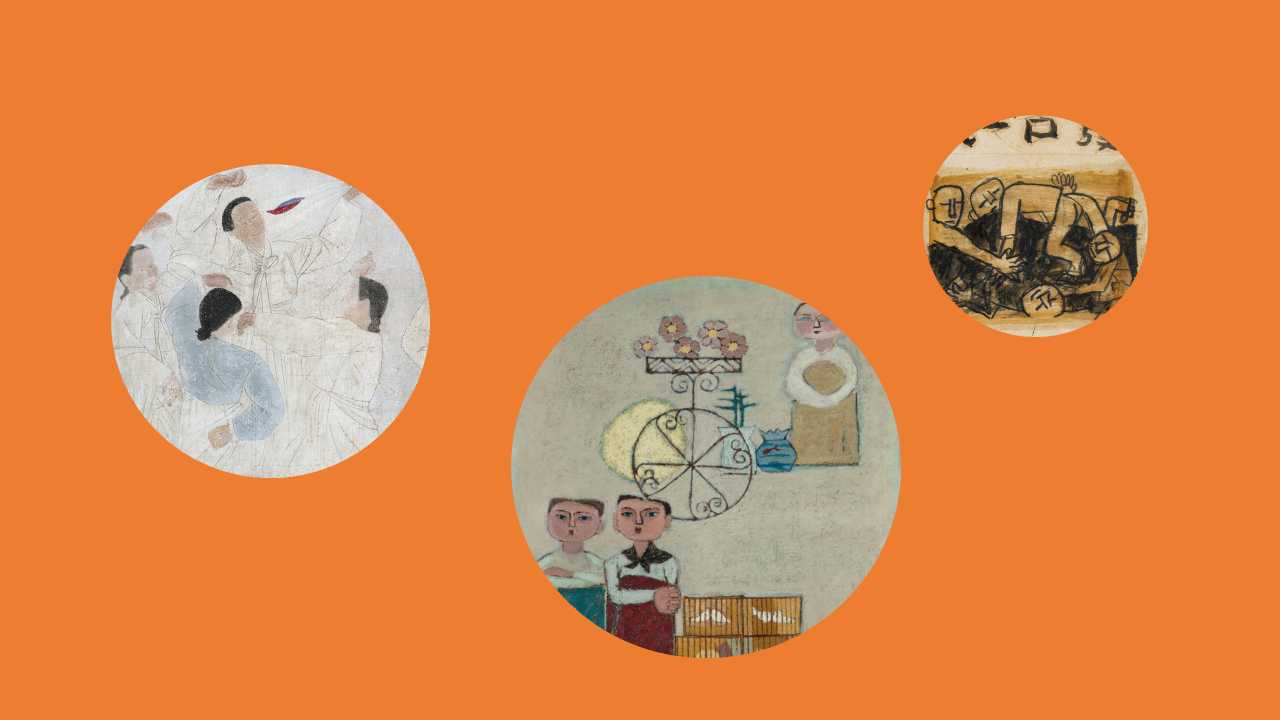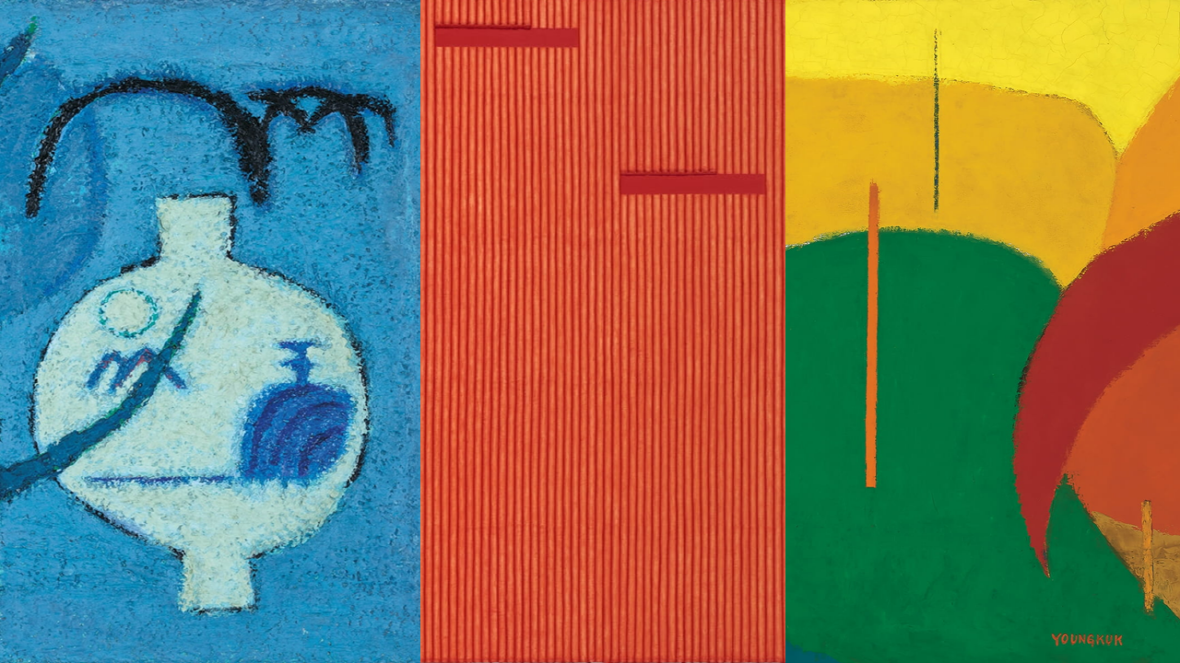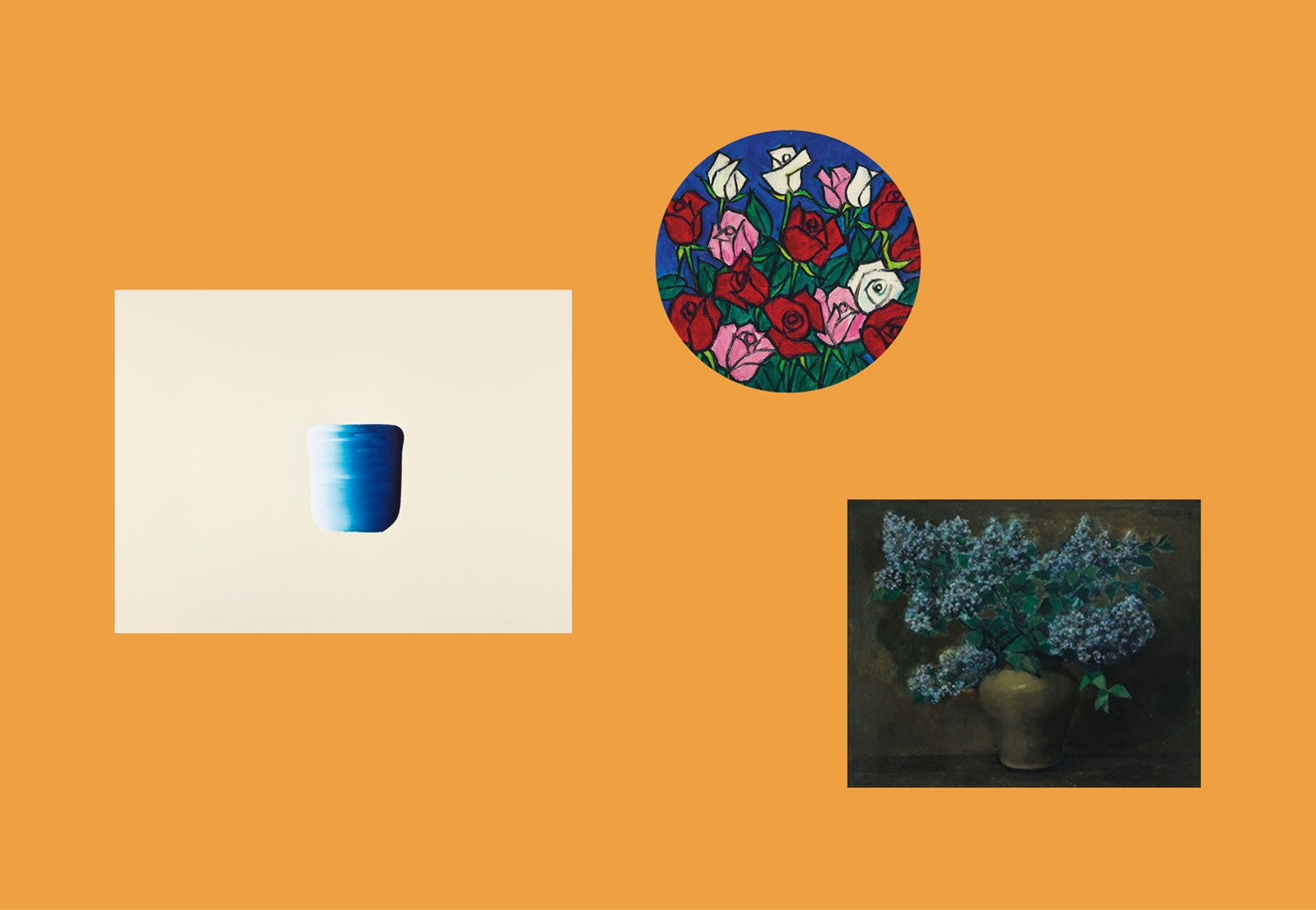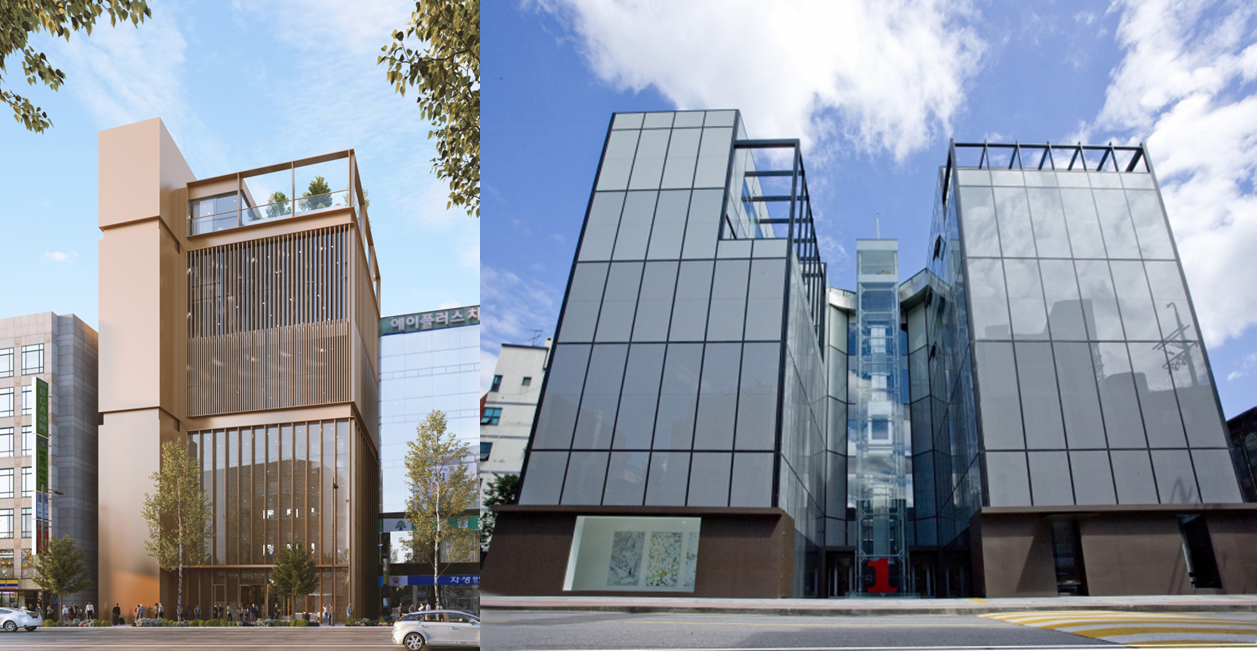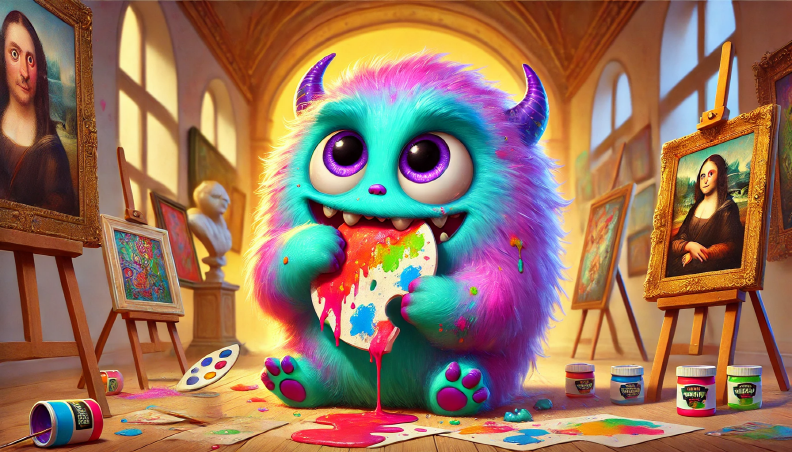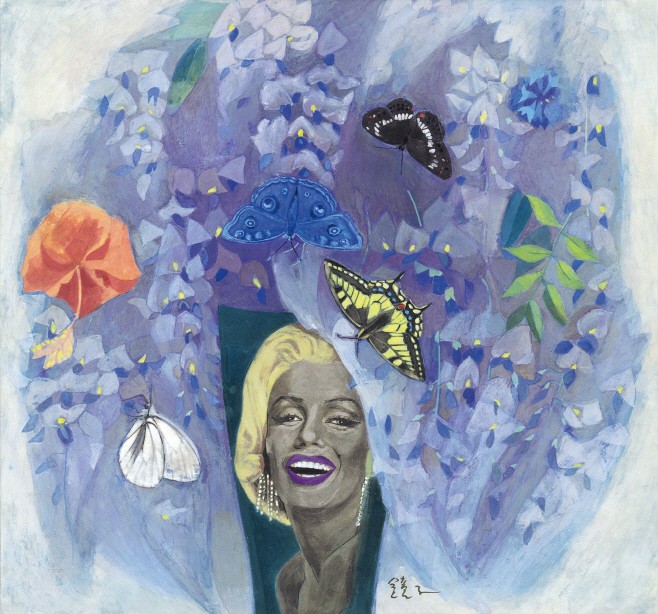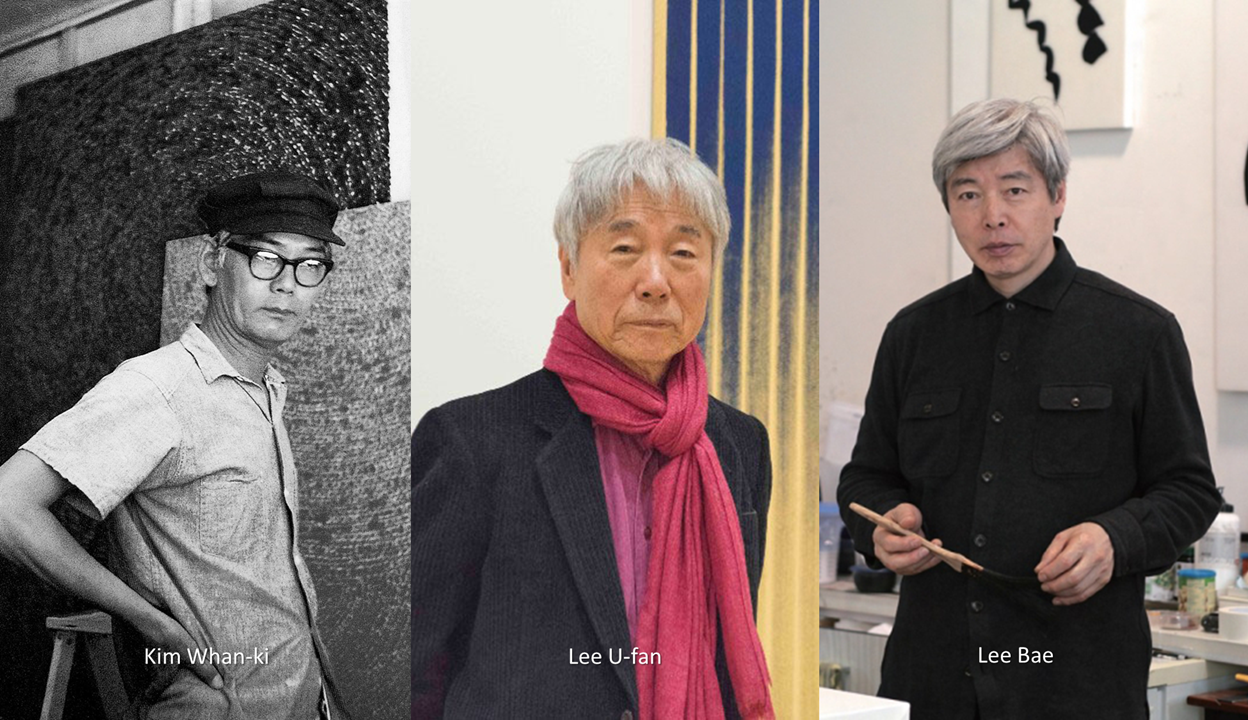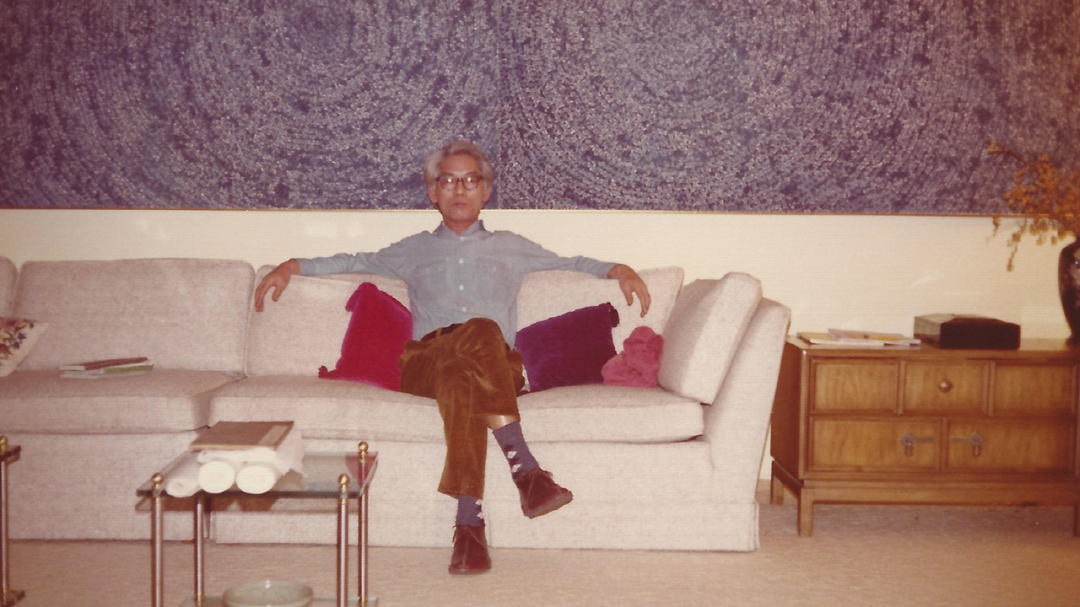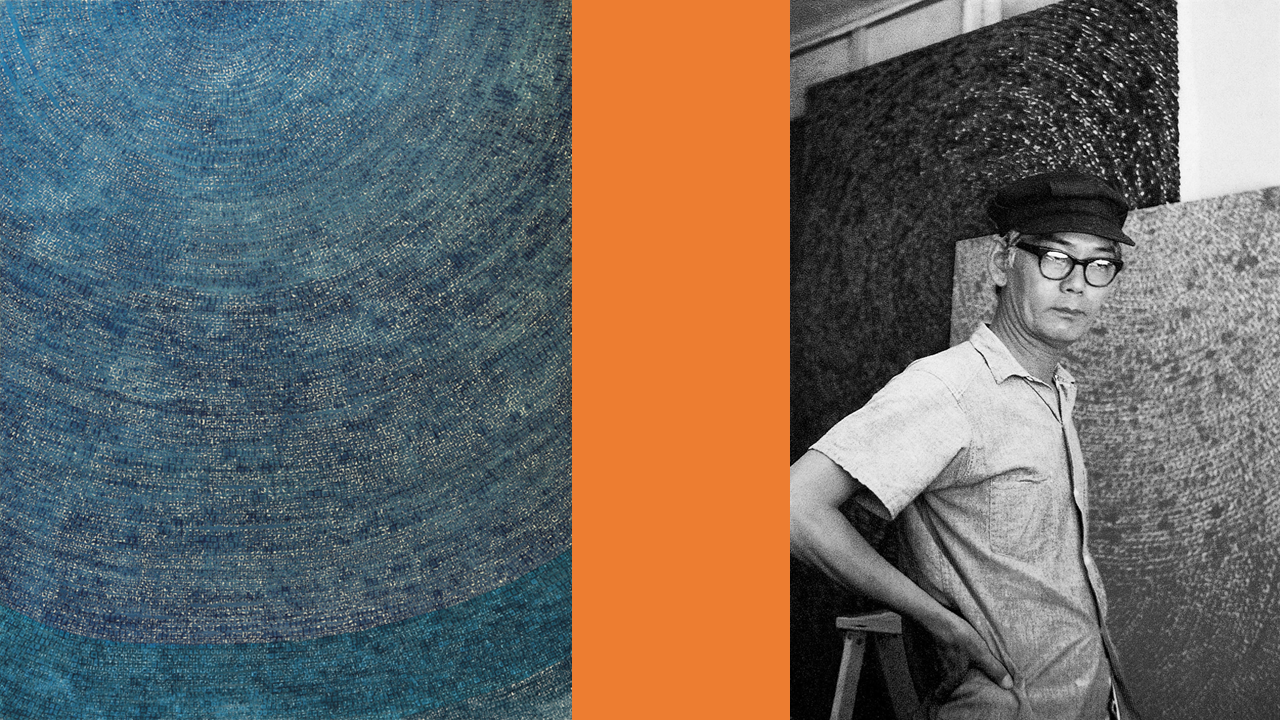The
Korean art auction market in 2024 faced its most challenging period in the past
five years, reflecting a significant downturn. The annual auction turnover
reached approximately 115.1 billion KRW (around 87.2 million USD), comparable
to the recessionary period of 2020.
This
figure represents only 75% of the turnover in 2023 (153.5 billion KRW, around
116.3 million USD) and about 35% of the peak in 2021 (329.4 billion KRW, around
249.3 million USD), highlighting the market's contraction. The auction success
rate also dropped to 46.4%, marking the lowest point in five years, compared to
51.2% in 2023 and 67.47% in 2021.
Both
the number of works consigned and those sold decreased across the board. This
year, a total of 22,934 works were consigned, down from 27,814 in 2023, with
10,641 works sold, compared to 14,238 in the previous year. The market, which
in 2023 focused on traditional Korean art such as Joseon-era porcelain,
returned to contemporary art dominated by Dansaekhwa, reflecting a shift back
to stable investment sentiment.
Key
Artists’ Performance
In terms of total auction turnover by
artist, Kim Whanki regained the top spot with approximately 7.37 billion KRW
(around 5.6 million USD). However, this is only about half of the 13.47 billion
KRW (around 10.2 million USD) recorded by the previous year’s leader, Lee Ufan,
underscoring the market's decline.
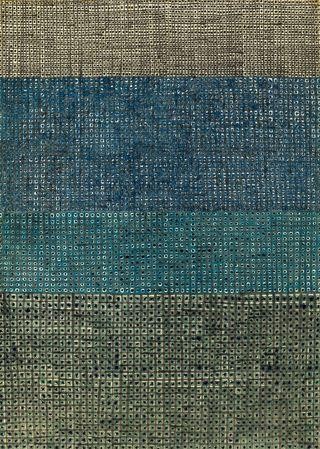
Kim Whanki's 〈3-Ⅴ-71 #203〉 garnered significant attention in the market this year, achieving the highest single artwork auction price of approximately 5 billion KRW (around 3.8 million USD).
Kim Whanki’s 〈3-Ⅴ-71 #203〉 achieved the highest single auction price of the year, selling for approximately 5 billion KRW (around 3.8 million USD), drawing significant attention. Lee Ufan maintained his popularity with steady demand across his series, while Lee Bae ranked third, with his ‘Brushstrokes’ series particularly well-received in the market.
Auction
Houses’ Performance and Characteristics
Seoul
Auction led the market with a total auction turnover of approximately 48.1
billion KRW (around 36.4 million USD), narrowly surpassing K Auction at 43.6
billion KRW (around 33 million USD). Seoul Auction also achieved a higher
average success rate of 49.5%, compared to K Auction’s 42.7%. Together, these
two major auction houses accounted for about 80% of the market share,
reflecting increased reliance on large auction houses during economic
downturns.
Unsold
Blue-Chip Artworks
Even
blue-chip artists’ works were not immune to the downturn. Notably, Kim Whanki’s
1958 work 〈Hanggari〉 (estimated at 950 million–1.5
billion KRW, or approximately 720,000–1.13 million USD) failed to sell at K
Auction’s major auction in October. This piece, celebrated for its lyrical
depiction of Korean beauty through motifs like a blue full moon and white
porcelain, failed to find a buyer.
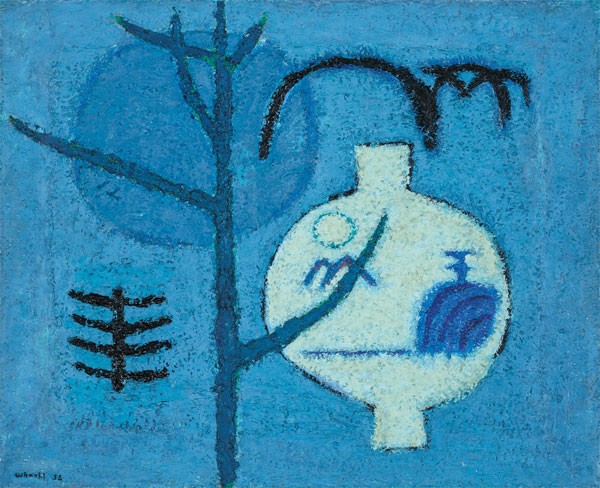
Kim Whanki's 〈Hanggari〉 (1958), 50×60.6 cm. [Photo courtesy of K Auction]
Similarly, Lee Ufan’s 1995 work 〈Dialogue〉 (estimated at 280–500 million KRW, or approximately 213,000–380,000 USD) was unsold at Seoul Auction’s live auction the same month, highlighting the market's overall stagnation.
Artworks
Sold Below Expectations
Among
the works that did sell, many went for lower-than-expected prices. Lee Bae’s 〈From Fire
M12〉 (2003), a 100-ho canvas work, was auctioned at K
Auction in November.
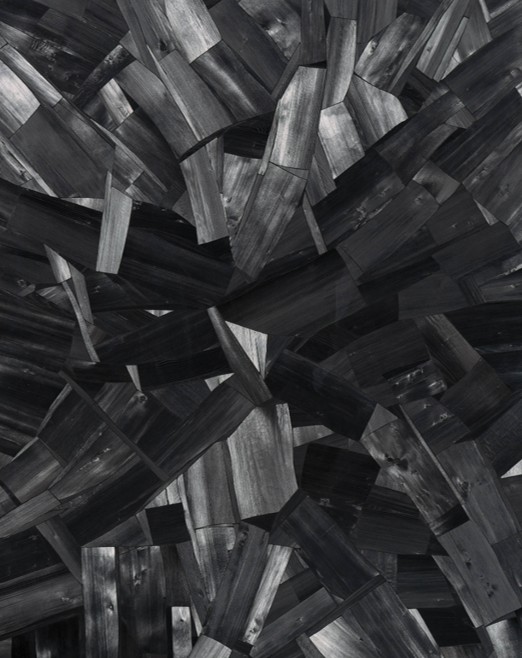
Lee Bae, 〈From Fire M12〉, 2023, charcoal on canvas, 160 x 130 cm / © K Auction
With only one bidder participating, it sold for its starting price of 300 million KRW (around 230,000 USD), demonstrating significantly reduced competition in the market.
Withdrawn
High-Value Artworks
Several
high-value works were withdrawn from auction, reflecting market uncertainties.
For instance, Kim Whanki’s 〈18-II-72 #221〉 (1972), estimated at 2.4–4 billion KRW
(approximately 1.8–3 million USD), was scheduled for Seoul Auction in November
but was withdrawn by the consignor just before the auction.

Kim Whanki, 〈18-II-72 #221〉, 1972, oil on cotton, 48.1 × 145.3 cm / © Seoul Auction
This suggests growing hesitation among sellers due to market unpredictability.
Changes
in Genre Distribution
In
terms of genre, paintings and prints continued to dominate, accounting for
about 80% of the market. Drawings and calligraphy saw slight increases, rising
to 5% and 4%, respectively. While this indicates some diversification, the
market remains heavily reliant on flat art genres.
Market
Concentration and Need for Improvement
The
market continues to exhibit high dependence on a few key artists, such as Kim
Whanki and Lee Ufan. According to the KYS Art Price Index, Kim Whanki’s
per-unit price index was set at 100, with Lee Ufan at 75.07 and Lee Bae at
6.11, reflecting a significant disparity. These highlights limited diversity in
the market and concentrated investment sentiment.
Outlook
and Recommendations
The
Korean Art Price Appraisal Association attributes the art market’s stagnation
to the broader economic slowdown. With little optimism for recovery through the
next year, the association has called for public institutions and corporations
to encourage art consumption. Additionally, government support policies are
deemed critical. Strengthening the art industry’s competitiveness will require
fundamental and collaborative solutions to adapt to the evolving market
environment.
As
2024 draws to a close, the Korean art auction market ends the year in
unprecedented stagnation. Moving forward, rebuilding trust and adopting new
approaches tailored to the changing market landscape will be essential for
recovery.

